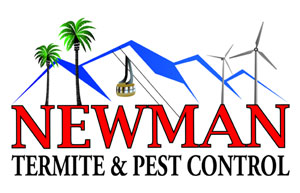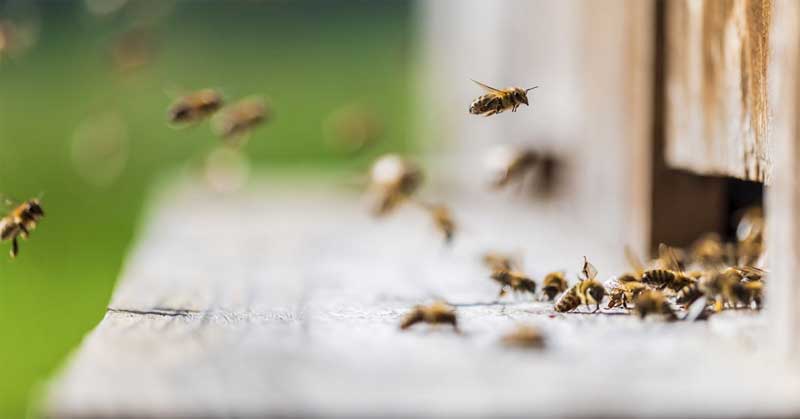Are you curious about whether termites can actually bite humans? Well, you’re about to uncover the truth about termite behavior!
In this article, we will provide an overview of termite behavior, explore the different types of termites and their feeding habits, and delve into the question of termite bites – is it fact or fiction?
We will also discuss the factors that influence termite behavior and provide tips on preventing and treating termite infestations.
Get ready for some enlightening information!
Overview of Termite Behavior
When it comes to termite behavior, you’ll be surprised to learn about their complex social structure and division of labor within their colonies. Termites are highly social insects that rely on communication to coordinate their activities. They use pheromones, chemical signals, to communicate with each other.
These pheromones allow termites to differentiate between different castes within the colony, such as workers, soldiers, and reproductives. The social structure of a termite colony is hierarchical, with a queen and king at the top, followed by the reproductive termites, and then the workers and soldiers.
Each caste has specific roles and responsibilities, ensuring the smooth functioning of the colony. The workers are responsible for building and repairing the nest, while the soldiers defend the colony. Understanding the social structure of termites is essential in developing effective control strategies for termite infestations.
Types of Termites and Their Feeding Habits
Discover the various types of termites in California and how they feed.
Different types of termites have different diet preferences. For instance, subterranean termites, the most common type, primarily feed on wood and other cellulose materials. They can cause significant damage to homes and buildings.
Drywood termites, on the other hand, do not require much moisture to survive and can feed on dry wood. They are often found infesting furniture and wooden structures.
Dampwood termites, as their name suggests, prefer wood with high moisture content, such as decaying logs and stumps. They play a vital role in breaking down dead trees in forests.
Knowing these diet preferences can help in identifying the type of termite infestation and implementing appropriate control measures, especially for the types of termites that move between houses.
Understanding Termite Bites: Fact or Fiction?
You might be surprised to learn that termite bites are actually a myth. Despite popular belief, termites do not bite humans. This is a common misconception that has been debunked by experts in the field. While termites are indeed capable of causing significant damage to wooden structures, they are not a threat to humans in terms of biting or causing physical harm. Instead of focusing on the possibility of termite bites, it is important to be aware of the signs of termite infestation, such as the presence of mud tubes, discarded wings, or damaged wood. By understanding these signs and taking proactive measures, you can protect your home from the destructive nature of termites.
| Myths About Termite Bites | The Truth About Termite Behavior |
|---|---|
| Termites bite humans | Termites do not bite humans |
| Termites cause physical harm | Termites cause damage to wooden structures |
| Termite bites are a common problem | Termite infestations are a common problem |
| Termite bites are painful | Termite bites do not occur |
| Termites can transmit diseases to humans | Termites are not known to transmit diseases |
Factors That Influence Termite Behavior
It’s interesting to note the various factors that can influence how termites behave.
Environmental factors play a significant role in shaping their behavior. For instance, the temperature and humidity of their surroundings can impact their activity levels and feeding patterns. Termites are highly sensitive to changes in their environment, and even small fluctuations can alter their behavior.
Additionally, chemical signals play a crucial role in termite communication and behavior. These signals, known as pheromones, help termites coordinate tasks such as foraging, mating, and defense. By detecting and responding to these chemical cues, termites can efficiently navigate their colonies and carry out their duties.
Understanding these environmental factors and chemical signals is essential for effective termite control and management.
Preventing and Treating Termite Infestations
Preventing and treating termite infestations can be a challenging task for homeowners. But don’t worry, with the right approach, and the expertise of Newman Termite & Pest Control, you can protect your home from these pesky pests.
Here are some effective methods to help you prevent and treat termite infestations:
- Regularly inspect your home for any signs of termite activity, such as mud tubes or wood damage.
- Keep your home dry and well-ventilated to reduce moisture, as termites are attracted to damp environments.
- Remove any wood debris or mulch near your home, as it can serve as a food source for termites.
- Consider using termite treatments, such as liquid termiticides or termite baits, to create a barrier or eliminate existing infestations.
Frequently Asked Questions
How Long Do Termites Typically Live?
Termites, like any other living organism, have a lifespan that can be influenced by various factors. When talking about termite lifespan, it is important to consider factors such as the termite species, environmental conditions, and the presence of predators. These factors can impact how long termites typically live.
Understanding these factors can help us gain insights into the behavior and longevity of termites, and ultimately, answer questions about their ability to bite humans.
What Are the Most Common Signs of a Termite Infestation?
When it comes to signs of termite infestation, there are a few things to watch out for.
Look for discarded wings or piles of sawdust-like droppings, known as frass.
You may also notice hollow-sounding wood or mud tubes along your walls or foundation.
To prevent termite infestation, keep wood away from your home’s foundation, fix any leaks or moisture issues, and get regular inspections.
Can Termites Cause Structural Damage to a House?
Yes, termites can cause structural damage to a house. They have the ability to eat through wood and other materials, including concrete.
If left untreated, a termite infestation can weaken the foundation and support beams of a house, leading to costly repairs. Additionally, termites can also damage furniture and other wooden items in your home.
It’s important to address any signs of a termite infestation promptly to prevent further damage.
Do Termites Bite Other Animals Besides Humans?
Yes, termites can bite other animals besides humans. They have strong jaws that they use to break down wood and other materials. While they primarily feed on cellulose, they may also bite and cause damage to pets or other animals that come into contact with them.
However, it is important to note that termites do not transmit diseases to humans or animals. Their bites are mainly a nuisance and can cause irritation or discomfort.
Are There Any Natural Remedies for Getting Rid of Termites?
When it comes to termites, you might be wondering if there are any natural remedies to get rid of them. Well, the good news is that there are some effective treatments you can try.
Natural remedies like orange oil, neem oil, and borax can help eliminate termites without the use of harsh chemicals. These remedies work by suffocating or dehydrating the termites, effectively getting rid of them.
Conclusion
In conclusion, you now know the truth about termite behavior and whether or not they can bite humans. While termites do have the ability to bite, they pose no threat to humans as their jaws are not strong enough to break through our skin.
Understanding the different types of termites and their feeding habits can help in preventing and treating infestations. By taking necessary precautions and seeking professional help, you can ensure your home remains termite-free.

